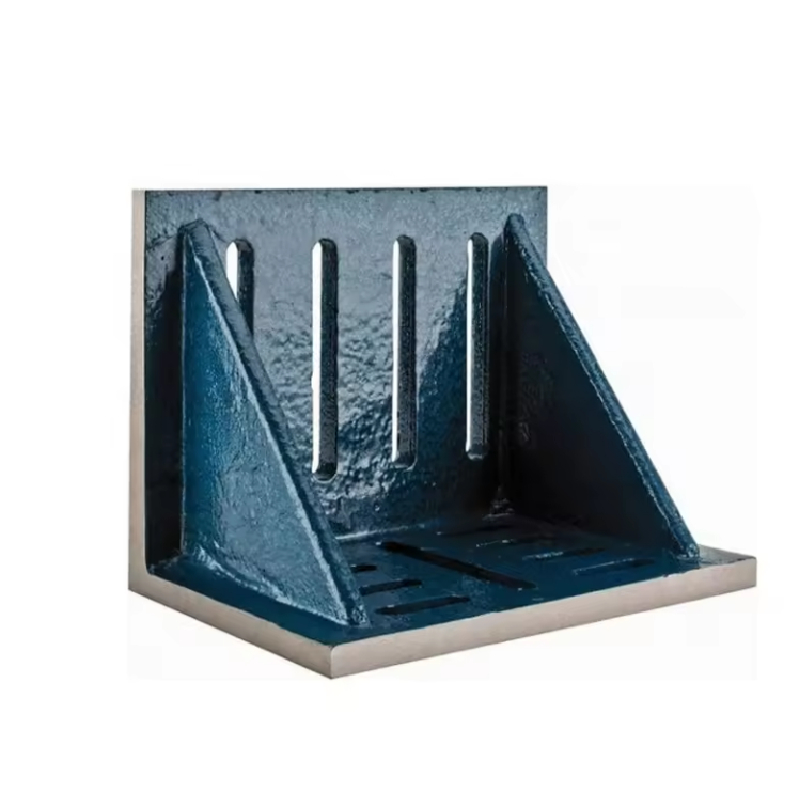Қаз . 21, 2024 12:05 Back to list
Exploring Various Types of Water Valves and Their Applications in Plumbing
Different Types of Water Valves Understanding Their Functions and Applications
Water valves play a crucial role in controlling the flow of water in various applications, ranging from residential plumbing to industrial processes. Understanding the different types of water valves can help homeowners and professionals alike make informed decisions regarding installation, maintenance, and repair. This article will explore the most common types of water valves, their functions, and their specific applications.
1. Ball Valves
Ball valves are among the most popular types of water valves due to their reliability and ease of use. They consist of a hollow, perforated sphere (the ball) that rotates within the valve body to control water flow. When the ball aligns with the flow path, water can pass through; when it is turned 90 degrees, the flow is stopped. Ball valves are known for their durability, making them ideal for both high-pressure and high-temperature applications. They are commonly used in residential plumbing, irrigation systems, and various industrial applications.
2. Gate Valves
Gate valves are designed primarily for on/off control and are not intended for regulating flow. They consist of a wedge-shaped gate that moves up and down within the valve body to open or close the flow of water. When fully opened, gate valves provide little resistance to flow, making them suitable for applications where minimal pressure loss is essential. However, they are typically not used for throttling as they can cause turbulence within the flow. Gate valves are commonly found in municipal water systems, fire protection systems, and wastewater treatment facilities.
3. Globe Valves
Globe valves are particularly known for their excellent throttling capabilities, allowing for precise flow control. They have a spherical-shaped body with a movable disk (the globe) that can be raised or lowered to adjust the flow path. This design enables more efficient regulation of flow compared to gate valves. Globe valves are widely used in heating systems, cooling systems, and various industrial processes where flow control is critical.
4. Check Valves
different types of water valves

Check valves are designed to prevent backflow in a plumbing system. They allow water to flow in one direction while automatically closing if flow reverses, protecting pumps and other equipment from damage. Different types of check valves exist, such as swing check valves, lift check valves, and ball check valves, each suited for specific applications. Check valves are commonly used in residential plumbing, irrigation systems, and industrial fluid handling systems.
5. Pressure Relief Valves
Pressure relief valves are critical safety devices in any system where water pressure can exceed safe levels. These valves automatically release pressure when it rises above a predetermined threshold, preventing damage to pipes and equipment. They are extensively used in water tanks, boilers, and various industrial applications to ensure system safety and reliability.
6. Solenoid Valves
Solenoid valves are electrically controlled valves commonly used in automated systems. They consist of a coil that generates a magnetic field when energized, allowing for the opening or closing of the valve. These valves are often employed in irrigation systems, beverage dispensing machines, and HVAC applications, where control over water flow is needed based on electrical signals.
7. Diaphragm Valves
Diaphragm valves use a flexible diaphragm to control the flow of water. When the diaphragm is pushed upwards, it opens the flow path; when it is pressed down, it seals off the flow. This design is particularly effective in systems where a clean and leak-free operation is essential, such as in the pharmaceutical and food processing industries. Diaphragm valves provide excellent control and are also suited for corrosive fluids.
Conclusion
Understanding the different types of water valves is essential for making informed decisions regarding their application and maintenance. Each type of valve—whether a ball valve, gate valve, globe valve, check valve, pressure relief valve, solenoid valve, or diaphragm valve—serves a unique purpose and is suited for specific operational needs. By selecting the appropriate valve for a given application, users can ensure efficient water flow management and system reliability. Whether for residential plumbing or complex industrial processes, the right water valve can make all the difference in performance and safety.
-
Why Metric Trapezoidal Thread is Ideal for Precision Motion ControlNewsAug.05,2025
-
The Unique Properties of a Block of Granite for Industrial UseNewsAug.05,2025
-
The Role of Flanged Y Strainers in Preventing Pipeline ClogsNewsAug.05,2025
-
The Importance of Regular Calibration for Master Ring GagesNewsAug.05,2025
-
How a Cast Iron Surface Table Enhances Accuracy in ManufacturingNewsAug.05,2025
-
Comparing Different Check Valve Types for Optimal Flow ControlNewsAug.05,2025
Related PRODUCTS









